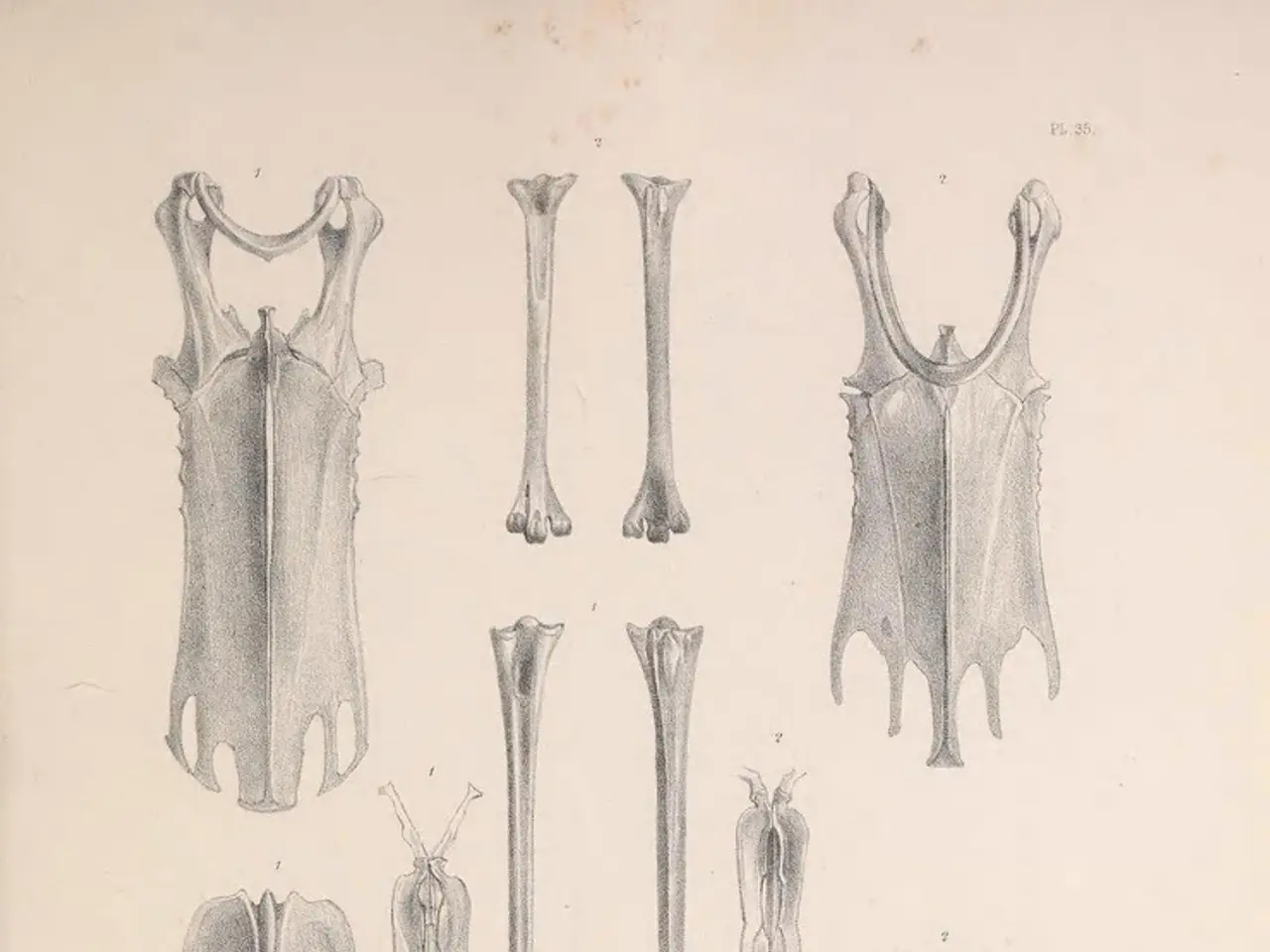Orbicularis Oculi Muscle: Vital for Eye Health and Function
The orbicularis oculi muscle, a key component of the eyelid, plays a crucial role in eye health and function. This muscle, composed of three parts, aids in blinking, tear drainage, and protecting the eye. Facial paralysis, often due to conditions like Bell's palsy, can impair this muscle, leading to serious eye issues.
The orbicularis oculi muscle is responsible for closing the eyelids. Its orbital portion, controlled by voluntary action, closes the eyelids firmly. Meanwhile, the palpebral portion, divided into three parts, gently closes the eyelids in involuntary or reflex blinking. The lacrimal portion compresses the lacrimal sac, facilitating tear drainage into the nasolacrimald duct.
This muscle is composed of skeletal muscle fibers and receives nerves from the facial nerve. It works in tandem with the tarsal plate to form the eyelid. When facial paralysis affects the orbicularis oculi muscle, it can lead to an inability to close the eye, causing dryness, pain, or even blindness.
The orbicularis oculi muscle, with its three parts, is vital for eyelid closure and tear drainage. Facial paralysis, particularly in cases of Bell's palsy, can compromise this muscle's function, leading to significant eye health concerns. Timely treatment and management are crucial to prevent potential blindness.




